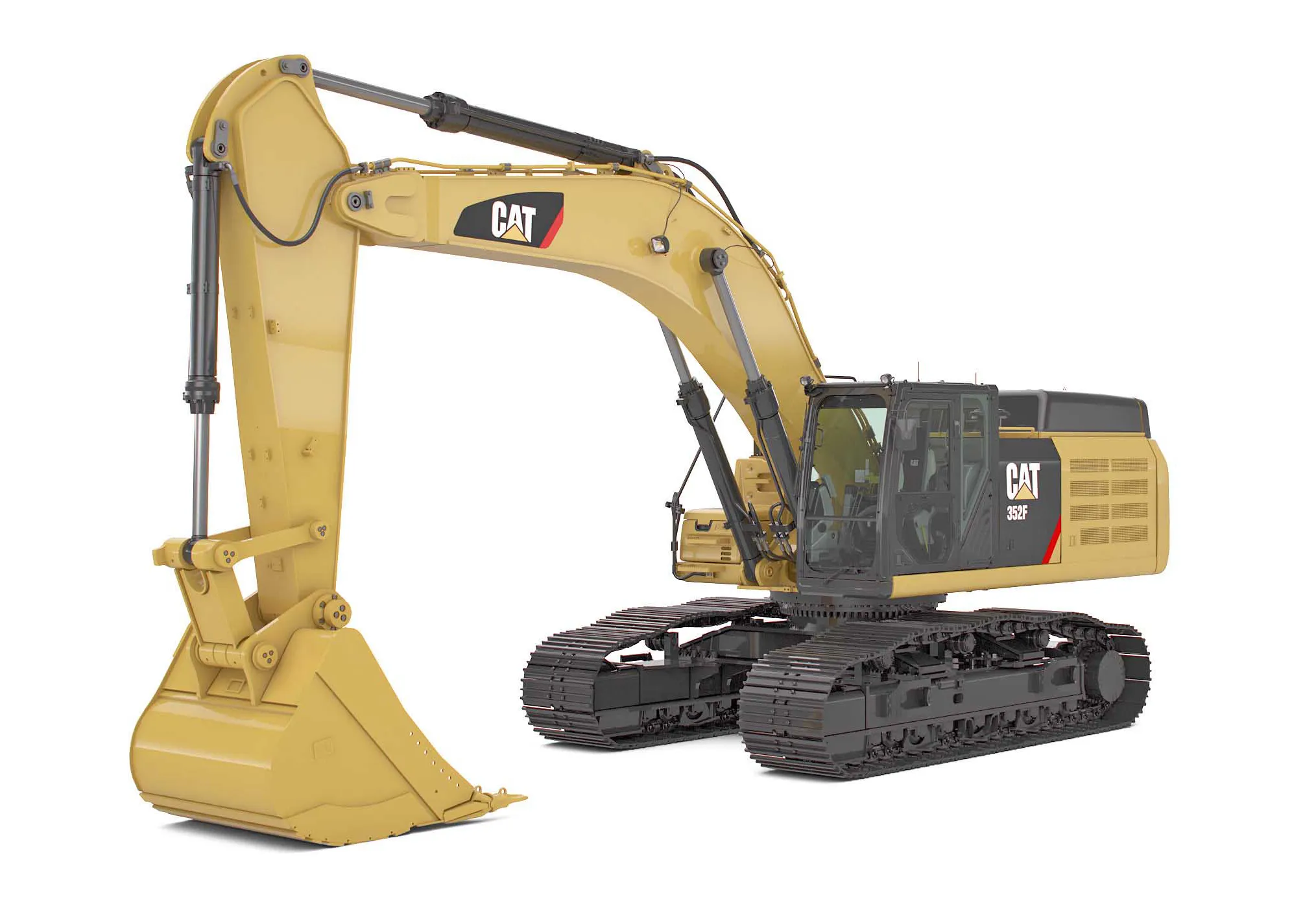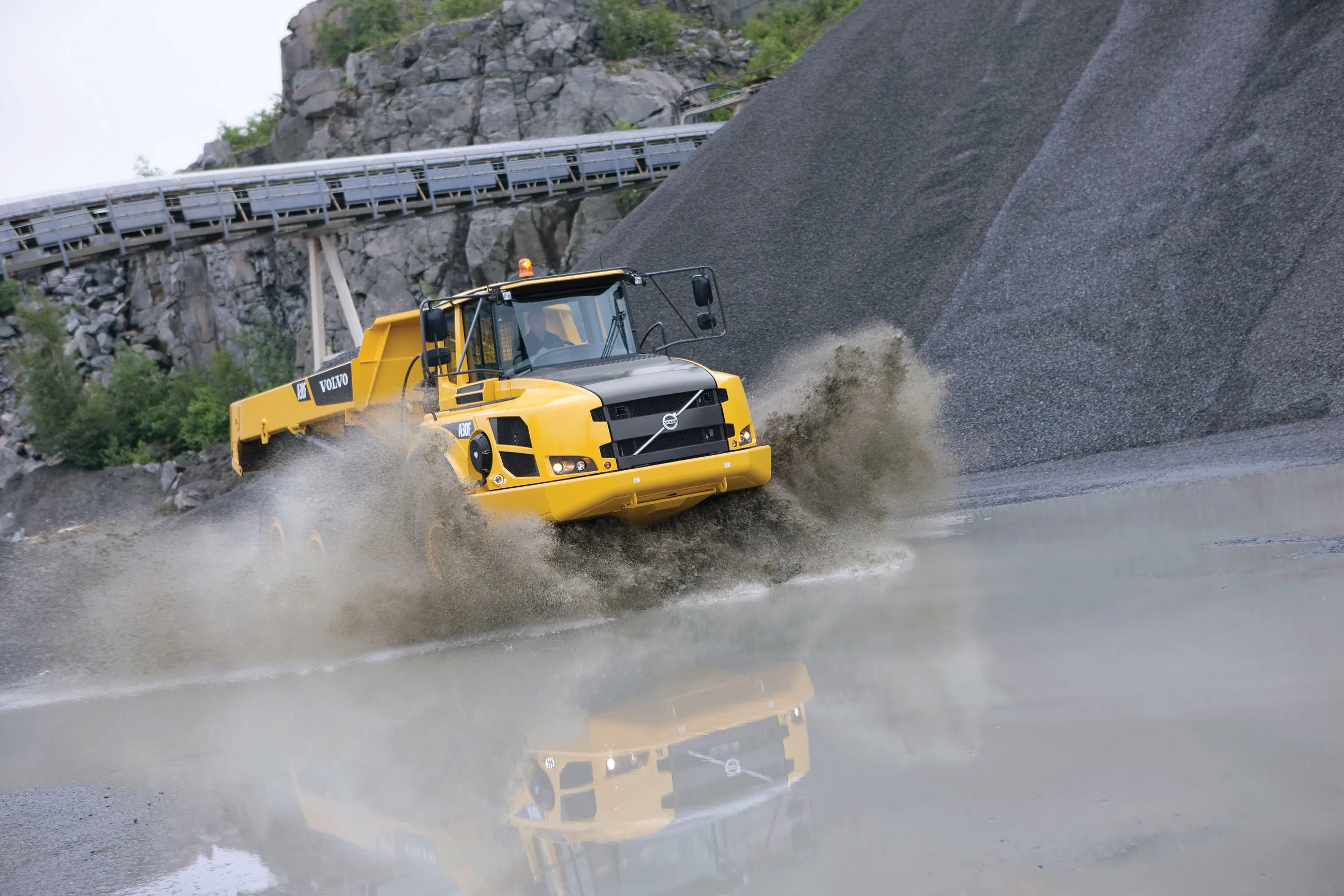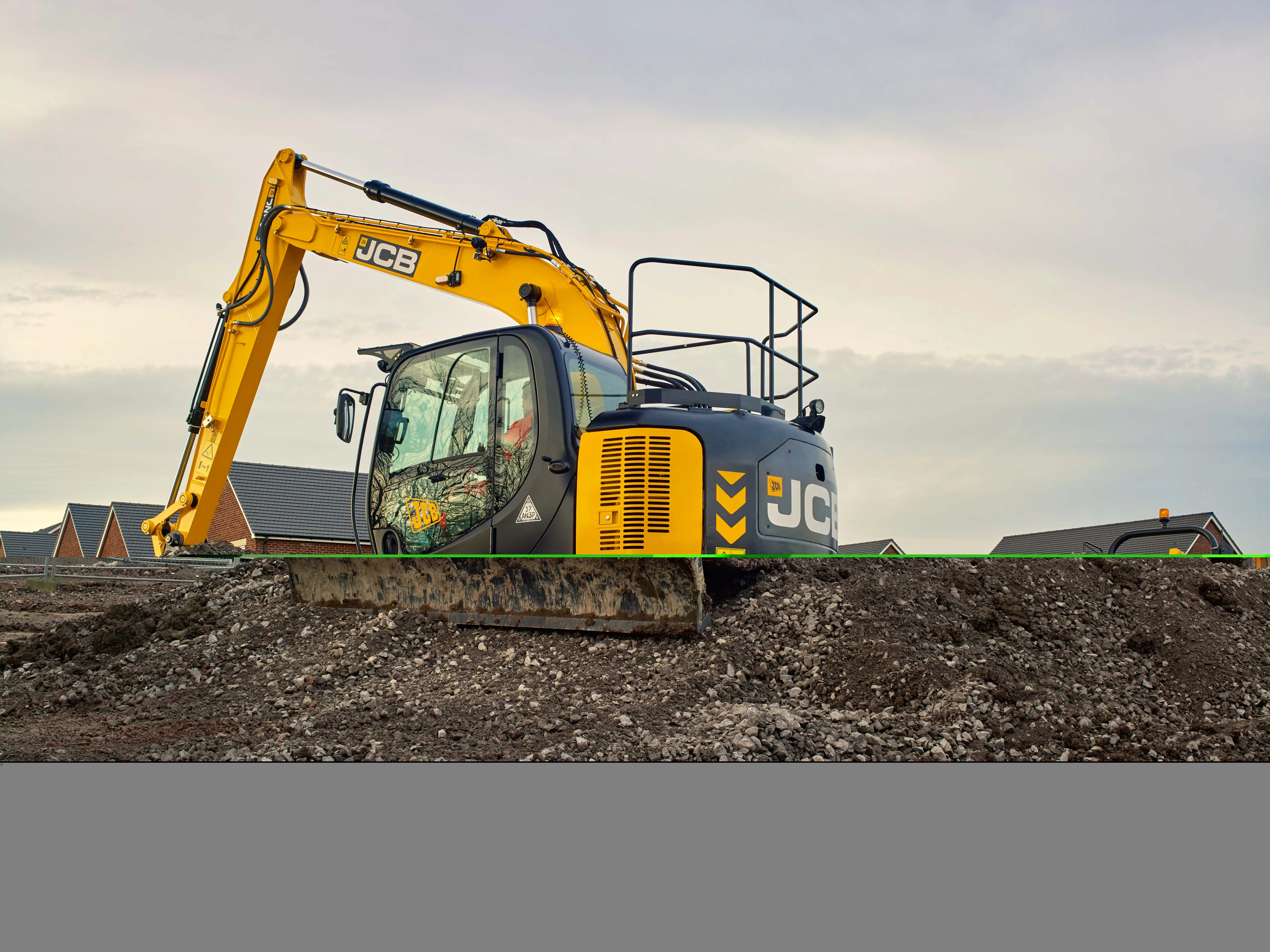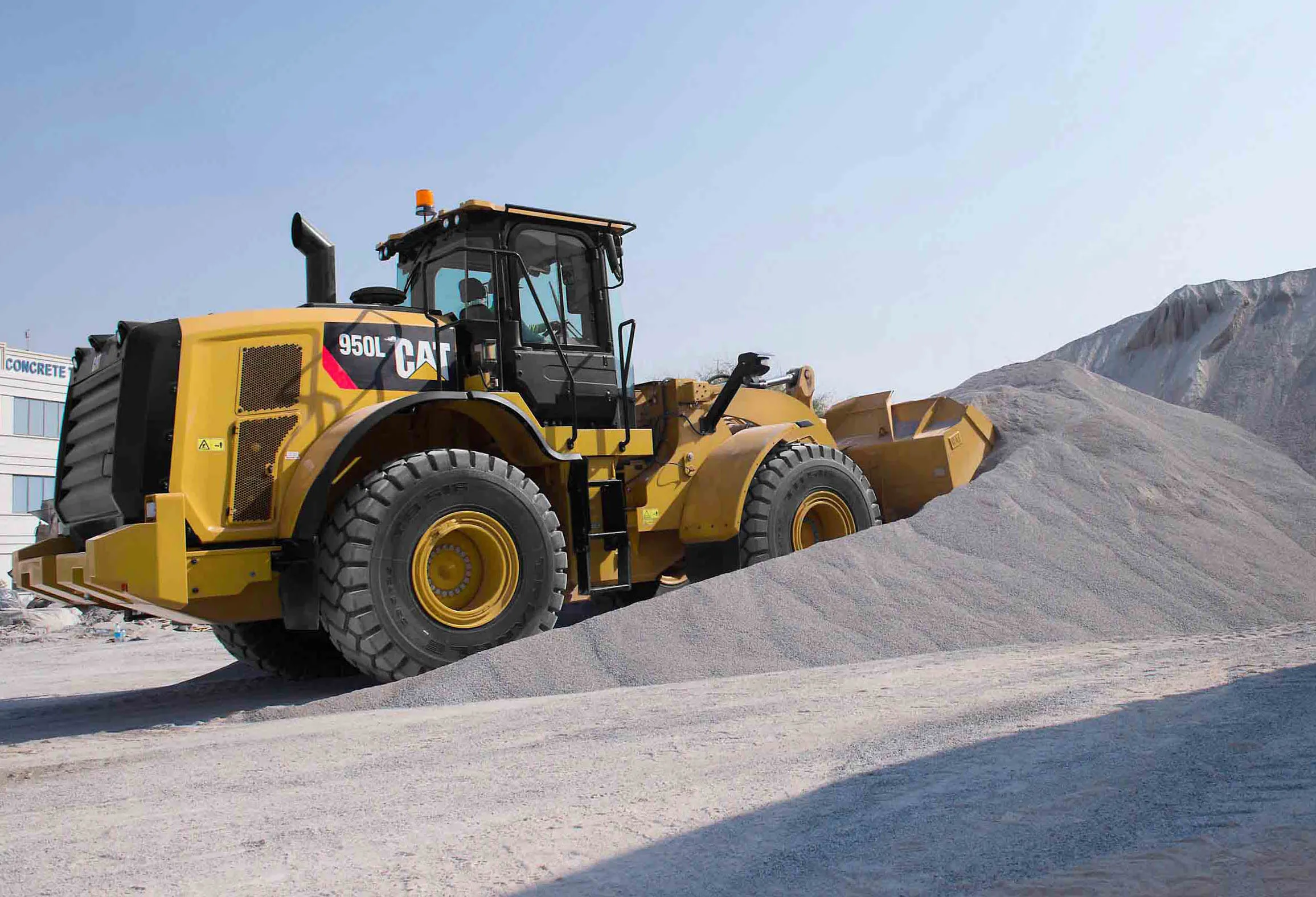The excavator remains the key earthmoving tool, Mike Woof reports. The versatile hydraulic excavator has been at the heart of most earthmoving projects around the world for many years, a dominance that looks set to remain. Because of the importance to the construction sector of the excavator, manufacturers are keen to upgrade and improve their competing machines on an almost continuous basis. New technology proliferates in hydraulic excavators while firms are also focussing on increasing the range of tasks
February 17, 2012
Read time: 5 mins
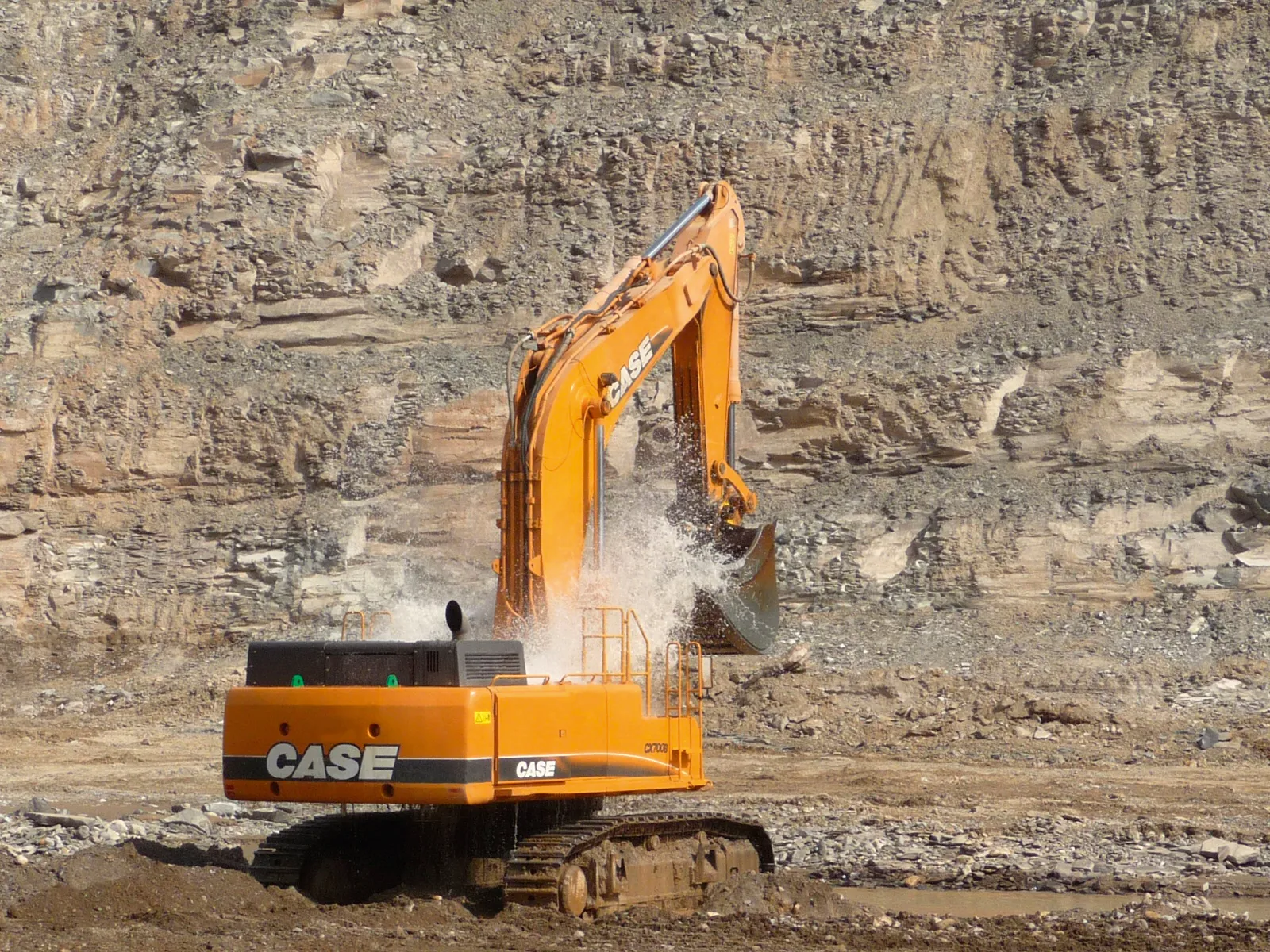
The excavator remains the key earthmoving tool, Mike Woof reports
The versatile hydraulic excavator has been at the heart of most earthmoving projects around the world for many years, a dominance that looks set to remain. Because of the importance to the construction sector of the excavator, manufacturers are keen to upgrade and improve their competing machines on an almost continuous basis. New technology proliferates in hydraulic excavators while firms are also focussing on increasing the range of tasks that can be handled by these highly adaptable machines.Arguably one of the most notable introductions to the hydraulic excavator market in recent times has been the launch of
Developed primarily to reduce fuel consumption, the machine also has low exhaust emissions compared with conventional excavators, features that will suit the unit to use in certain markets. Demand has been particularly strong in China where fuel costs are high, resulting in a quicker payback time for this premium priced machine and over 200 units have been supplied to the country.
A number of units have also been supplied to the US, although the reduced emissions are more likely to prove the reason for acceptance in this particular market, particularly in California where emission regulations are much tighter.
Although the machine being unveiled at
Key features of the PC200-8 Hybrid are its newly-developed electric swing motor, power generator motor, capacitor and diesel engine. The machine can use the kinetic energy from the swing braking phase to generate electricity that is sent through an inverter and then captured by the Komatsu Ultra Capacitor system. The captured electricity is then discharged to drive upper structure rotation and assist the engine.
Unlike hybrid road vehicles, construction machines have to deal with dynamic and frequent fluctuations in engine speed. The chemical reactions of batteries used in road vehicles would take too long to discharge electricity for construction applications and in this duty the capacitor is more efficient. It is worth noting that this novel Hybrid machine offers the same performance as a standard PC200LC-8. However in comparison tests with the standard model the hybrid system offers fuel savings of 25-40%, depending on the application.
There are also some rather more conventional new excavator launches from major manufacturers, including
Hyundai is now introducing its series 9 excavator line-up to the European market with its key launch being the 21tonne class R210LC-9 crawler model. The machine weighs in at 21.9tonnes and shares features with the 25tonne, 29tonne, 32tonne, 38tonne, 48tonne and 52tonne -9 Series models Hyundai will introduce in coming months. The R210LC-9 is powered by a
It is worth noting that the -9 Series machines are now well proven having already been released in Hyundai's Korean home market as well as in North America. A key feature of the new -9 Series from Hyundai is the new high visibility cab that has a multi-purpose dashboard, with a multi-function, 130mm colour LCD screen. The operator can also use the screen to select power modes, work modes, maintenance checks and diagnostic checks.
A novel features is Hyundai's sophisticated Hi-Mate GPS technology based remote management system. This offers machine tracking, tracing and monitoring capabilities around the clock and regardless of geographical location. Using the Hi-Mate system allows the owner to remotely diagnose equipment, check operating hours as well as fuel level, and pinpoint the exact position of the machine.
Meanwhile Volvo is offering new versions of its 36tonne and 46tonne class excavators that deliver more engine power combined with greater fuel economy. Engine output has been boosted by 11.6% and 4% for the EC360C and EC460C respectively while consumption has been reduced by 6-7%. Travel speeds have also boosted, along with maximum slew speed and overall these machines are said to cycle faster, operate more productively and burn less fuel than before across a range of tough earthmoving applications. Meanwhile the firm has also beefed up main structural components and claims that they offer greater durability along with lower maintenance needs and reduced downtime, significantly boosting the overall cost/tonne for the user.


